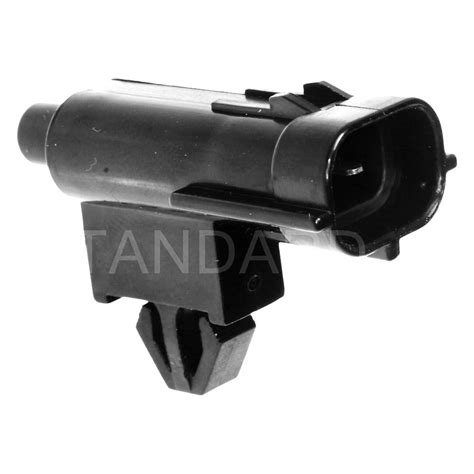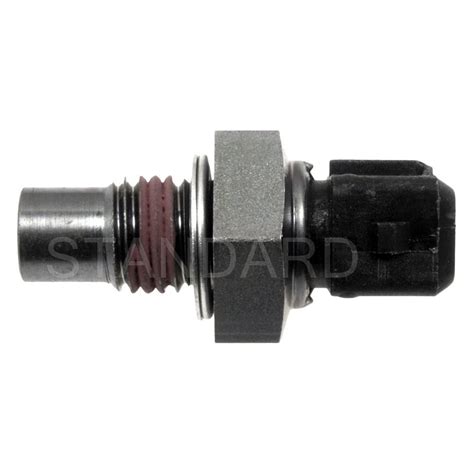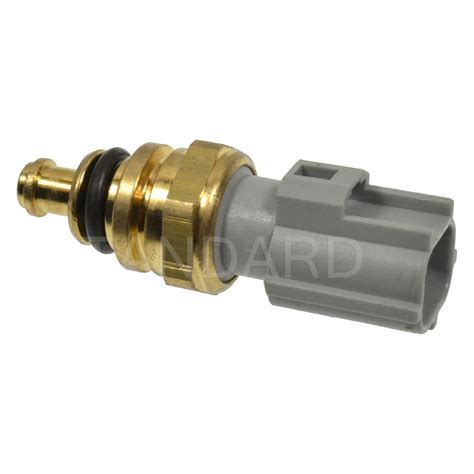What is a Temperature Sensor?
A temperature sensor is a device that detects and measures the temperature of its surrounding environment. It converts the input data, which is the temperature, into an output signal that can be read and interpreted by humans or other devices. Temperature sensors come in various types and are used in a wide range of applications, from everyday household appliances to advanced industrial processes.
Types of Temperature Sensors
There are several types of temperature sensors available, each with its own unique characteristics and advantages. Some of the most common types include:
-
Thermocouples: These sensors consist of two dissimilar metals joined together at one end, creating a junction. When the junction is exposed to a temperature change, it generates a voltage that can be measured and correlated to the temperature.
-
Resistance Temperature Detectors (RTDs): RTDs are based on the principle that the electrical resistance of a metal changes with temperature. They are known for their high accuracy and stability over a wide temperature range.
-
Thermistors: Thermistors are semiconductor devices that exhibit a change in electrical resistance with temperature. They are highly sensitive and are often used in applications requiring precise temperature measurements.
-
Infrared (IR) Sensors: These sensors detect the infrared radiation emitted by an object and convert it into an electrical signal. They are non-contact sensors and are useful for measuring the temperature of objects from a distance.
| Sensor Type | Operating Principle | Temperature Range | Accuracy | Response Time |
|---|---|---|---|---|
| Thermocouple | Seebeck effect (voltage generation) | -200°C to +1300°C | ±0.5°C | Fast |
| RTD | Resistance change with temperature | -200°C to +850°C | ±0.1°C | Moderate |
| Thermistor | Resistance change with temperature | -90°C to +130°C | ±0.1°C | Fast |
| Infrared (IR) | Detection of infrared radiation | -70°C to +1000°C | ±2°C | Fast |
Importance of Temperature Sensing
Temperature plays a crucial role in various aspects of our lives, from ensuring our comfort to maintaining the quality and safety of products and processes. Some of the key reasons why temperature sensing is important include:
-
Environmental Monitoring: Temperature sensors are used to monitor and record temperature data in various environments, such as weather stations, greenhouses, and laboratories. This information helps in understanding climate patterns, optimizing plant growth conditions, and conducting scientific experiments.
-
Industrial Process Control: Many industrial processes require precise temperature control to ensure product quality, safety, and efficiency. Temperature sensors are used to monitor and regulate temperatures in manufacturing, food processing, chemical plants, and power generation facilities.
-
Health and Safety: Temperature monitoring is essential in healthcare settings to ensure patient comfort and safety. Temperature sensors are used in medical devices, such as incubators, sterilizers, and refrigerators, to maintain optimal conditions for medicines, vaccines, and biological samples.
-
Consumer Electronics: Temperature sensors are found in numerous consumer electronics, such as smartphones, laptops, and home appliances. They help prevent overheating, optimize performance, and ensure the longevity of the devices.

Building a Temperature Sensor Project
Building a temperature sensor project is an excellent way to learn about the principles of temperature measurement and gain hands-on experience with sensor integration and data acquisition. Here’s a step-by-step guide to help you get started:
Step 1: Choose a Temperature Sensor
Select a temperature sensor that suits your project requirements. Consider factors such as the temperature range, accuracy, response time, and interface compatibility with your microcontroller or development board.
Step 2: Set Up the Hardware
Connect the temperature sensor to your microcontroller or development board according to the sensor’s datasheet and the board’s pinout diagram. Ensure proper wiring and power supply connections.
Step 3: Configure the Software
Write the necessary code to initialize the temperature sensor, read the sensor data, and process the measurements. Most temperature sensors come with libraries or example code that you can use as a starting point.
Step 4: Calibrate the Sensor
Calibrate your temperature sensor to ensure accurate readings. This involves comparing the sensor’s output with a known reference temperature and adjusting the code or calibration constants accordingly.
Step 5: Collect and Analyze Data
Implement code to collect temperature data at regular intervals and store it in a suitable format, such as a file or database. You can also develop data visualization tools or interfaces to display the temperature readings in real-time or analyze historical data.

Project Ideas and Applications
Here are a few temperature sensor project ideas to inspire you:
-
Weather Station: Build a weather station that measures temperature, humidity, and pressure, and displays the data on a web interface or mobile app.
-
Soil Temperature Monitoring: Create a system to monitor soil temperature for agricultural applications, helping farmers optimize planting and irrigation schedules.
-
Smart Thermostat: Design a smart thermostat that automatically adjusts the room temperature based on user preferences and occupancy detection.
-
Wearable Temperature Monitor: Develop a wearable device that measures body temperature and alerts the user or healthcare professionals in case of abnormal readings.
-
Food Safety Monitoring: Implement a temperature monitoring system for food storage and transportation to ensure compliance with safety regulations.

Frequently Asked Questions (FAQs)
-
What is the difference between accuracy and precision in temperature sensors?
Accuracy refers to how close the sensor’s reading is to the true temperature value, while precision refers to the consistency of the sensor’s readings over multiple measurements. -
How do I choose the right temperature sensor for my project?
Consider factors such as the temperature range you need to measure, the required accuracy and response time, the operating environment, and the compatibility with your microcontroller or development board. -
Can I use a temperature sensor in harsh environments?
Yes, there are temperature sensors designed specifically for harsh environments, such as high-temperature or corrosive conditions. Make sure to select a sensor with the appropriate specifications and protection ratings. -
How often should I calibrate my temperature sensor?
The calibration frequency depends on the sensor type, application, and accuracy requirements. Refer to the sensor’s datasheet or consult with the manufacturer for recommended calibration intervals. -
What are some common challenges in temperature sensor projects?
Some common challenges include selecting the appropriate sensor, ensuring proper wiring and connections, calibrating the sensor accurately, and dealing with noise and interference in the sensor readings.
Conclusion
Temperature sensors are essential components in a wide range of applications, from environmental monitoring to industrial process control. Understanding the different types of temperature sensors, their operating principles, and their importance in various fields is crucial for anyone interested in building temperature sensor projects.
By following the step-by-step guide provided in this article, you can start building your own temperature sensor projects and explore the vast possibilities of temperature sensing applications. Whether you are a beginner or an experienced developer, temperature sensor projects offer endless opportunities for learning, innovation, and creative problem-solving.
As you embark on your temperature sensor project journey, remember to choose the right sensor for your application, properly configure the hardware and software, calibrate the sensor for accurate readings, and collect and analyze data effectively. With the project ideas and frequently asked questions addressed in this article, you are well-equipped to tackle any challenges that come your way.
So, grab your temperature sensors, microcontrollers, and development boards, and start building exciting temperature sensor projects today!

No responses yet